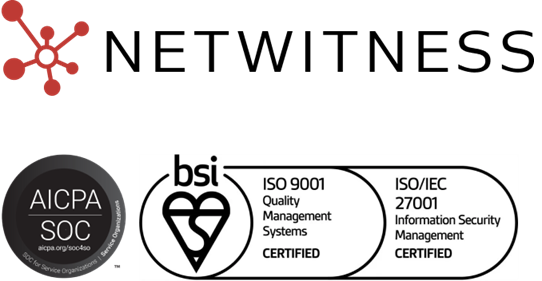What Is File Security?
File Security refers to the practices and technologies used to protect files from unauthorized access, alteration, or destruction. It’s a critical component of cybersecurity, ensuring that sensitive data remains confidential and intact.
File security encompasses a range of measures designed to protect files from unauthorized access and malicious activities. This includes:
- File Integrity Monitoring: Continuously checking files for unauthorized changes.
- Access Controls: Restricting who can view or edit files.
- Encryption: Encoding files to prevent unauthorized access.
- Malware Detection: Identifying and mitigating malicious software targeting files.
These practices help safeguard data against threats such as malware, ransomware, and unauthorized access, ensuring the confidentiality and integrity of information.
Synonyms
- Data Security
- Data Protection
- File Protection
- Information Security
Why File Security Matters
File security is essential for several reasons:
- Protects Sensitive Data: Safeguards personal, financial, and proprietary information from unauthorized access.
- Prevents Data Breaches: Reduces the risk of data leaks and breaches that can harm an organization’s reputation.
- Ensures Compliance: Helps meet regulatory requirements for data protection.
- Maintains Business Continuity: Prevents data loss that could disrupt business operations.
Implementing robust file security measures is crucial for maintaining trust and ensuring the smooth operation of business processes.
How File Security Works
File security operates through various mechanisms:
- File Integrity Monitoring: Tools that detect unauthorized changes to files, alerting administrators to potential security incidents.
- Access Controls: Systems that enforce policies on who can access or modify files, often based on roles or permissions.
- Encryption: The process of converting files into a secure format that can only be read by authorized users.
- Malware Detection: Software that scans files for known malicious signatures or suspicious behavior.
By integrating these components, organizations can create a comprehensive file security strategy that protects against a wide range of threats.
Best Practices for File Security
To enhance file security, consider the following best practices:
- Implement File Integrity Monitoring: Regularly check files for unauthorized changes to detect potential security incidents early.
- Enforce Strong Access Controls: Use role-based access controls to limit who can view or edit files.
- Use Encryption: Encrypt sensitive files both at rest and in transit to protect against unauthorized access.
- Regularly Update Security Software: Keep malware detection and prevention tools up to date to defend against the latest threats.
- Educate Employees: Train staff on the importance of file security and best practices for handling sensitive information.
These practices help mitigate risks and ensure that files remain secure throughout their lifecycle.
Related Terms & Synonyms
- File Integrity Monitoring: Tools and practices for detecting unauthorized changes to files.
- File Security Software: Applications designed to protect files from unauthorized access and threats.
- Open File Security Warning: Alerts that notify users of potential security risks when opening files.
- Disable Open File Security Warning: The process of turning off alerts related to opening files, typically for trusted sources.
NetWitness provides advanced solutions for monitoring and protecting file integrity. By leveraging real-time analytics and threat intelligence, NetWitness helps organizations detect and respond to threats targeting file systems, ensuring the integrity and security of critical data.
People Also Ask
1. Why is file security important?
File security is crucial for protecting sensitive information, preventing data breaches, ensuring compliance with regulations, and maintaining business continuity.
2. What are the three methods of file security?
The three primary methods of file security are:
- Encryption
- Access Control
- File Integrity Monitoring




